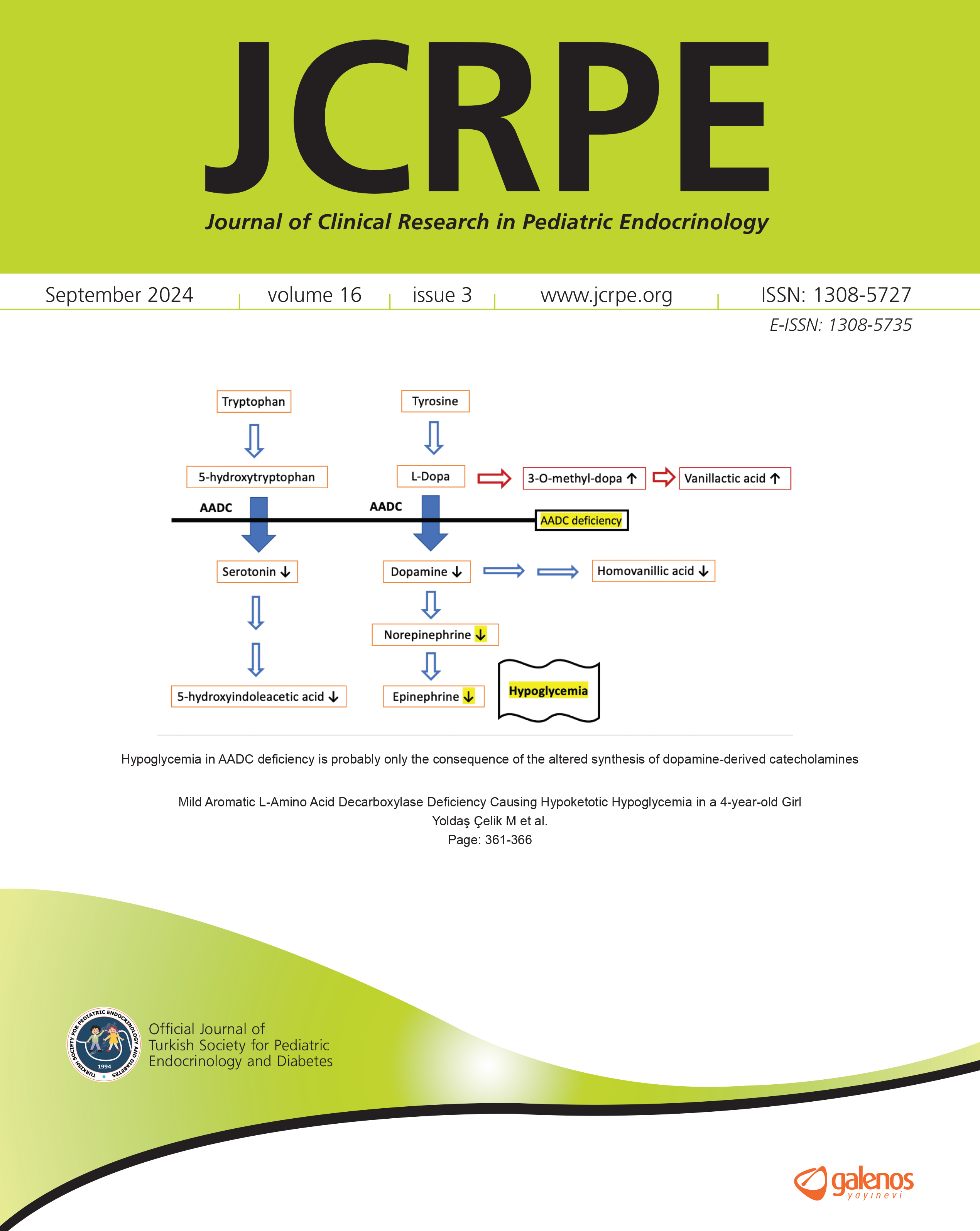Relationship Between Total Body Adiposity Assessed by Dual-Energy X-ray Absorptiometry, Birth Weight and Metabolic Syndrome in Young Thai Adults
Sirianong Namwongprom1, Kittipan Rerkasem2, Antika Wongthanee3, Sakda Pruenglampoo2, Ampica Mangklabruks21Department Of Radiology, Faculty Of Medicine, Chiang Mai University, Chiang Mai, Thailand2Department of Surgery, Faculty of Medicine, Chiang Mai University, Chiang Mai, Thailand
3The Research Institute for Health Sciences, Chiang Mai University, Chiang Mai, Thailand
Objective: The aim of this study was to compare body fat distribution using dual-energy X-ray absorptiometry (DXA) in young adult subjects with metabolic syndrome (MS) with those without MS and also to determine whether a significant association existed between total body fat mass (FM) and MS along with the effect of birth weight.
Methods: This cross-sectional study was conducted on 393 young adult subjects (175 male, 218 female). Body mass index (BMI), waist circumference, blood pressure, triglyceride, high-density lipoprotein cholesterol and glucose levels were determined. Total body FM, lean mass (LM) and percentage of body fat (%BF) were assessed by DXA. Adult Treatment Panel III criteria were used for the diagnosis of MS.
Results: The prevalence of MS was 5.6% among this group of young adult subjects aged 18.5-21.8 years. Subjects with MS (n=22) had significantly higher values for weight, height, BMI, waist circumference, %BF, total body FM, total body LM, and regional FM and LM. There was no statistically significant difference in bone mineral density between the two groups. There was also no association between birth weight and MS. Multiple logistic regression analysis showed that every 5 kg of total body FM (OR 1.68; 95%CI 1.06-2.66) adjusted for gender, birth weight status, and total body LM were significantly associated with MS.
Conclusion: Total body FM measured by DXA was related to MS in Thai young adults. Thus, body composition analysis might have a role in the identification of subjects with MS status.
Manuscript Language: English



























